Brasenia schreberi
Brasenia schreberi watershield
Watershield often grows with waterlilies (N. odorata) and spatterdock (N. advena) and is often overlooked. Its leaves are oval and much smaller than those of waterlilies and spadderdock making it easy to recognize. The underwater side of the leaves is covered with a gelatinous sheath. Watershield is most abundant in the glaciated region (NCNE) of the northeastern part of the state but occurs in lakes and ponds throughout the state. The plant is a rooted floating-leaf perennial with buoyant stems that arise from a slender rhizome rooted in the bottom sediments.
The stalk is centrally attached to the leaf; flowers are small, purple and extend 2 to 3 cm above the water. Each flower remains open only for two days, so the flowering period is easy to miss. On the first day, the stigma is receptive and anthers mature on the second day when the filaments elongate and the pollen is released. Flowers are usually wind-pollinated.
The sheath that is present on the underwater surface is thought to prevent attachment of aquatic organisms. The seeds of watershield are eaten by waterfowl.
Habitat & Range
Occasional in quiet water of lakes, ponds, and streams.
Present throughout the state.
| EMP: | OBL |
|---|---|
| NCNE: | OBL |
Phenology
Flowers June through July.
Plant Codes
S-rank: No rank
G-rank: G5 (Secure)
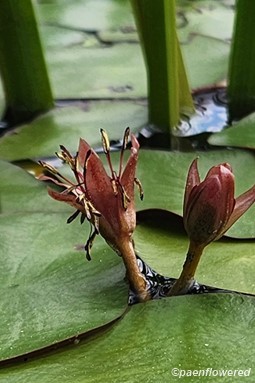
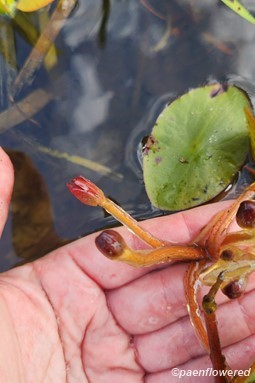
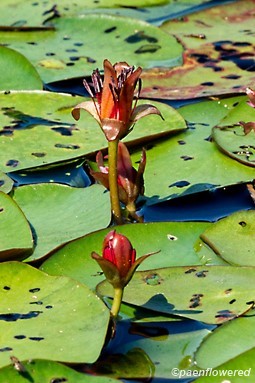
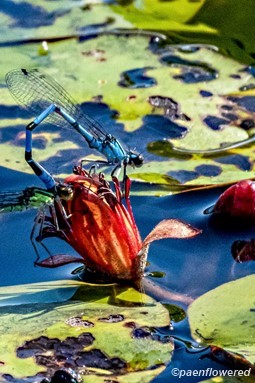
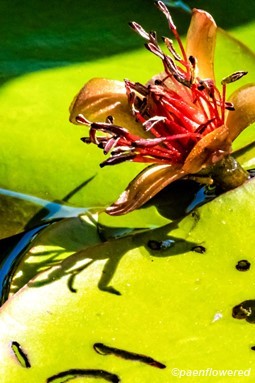
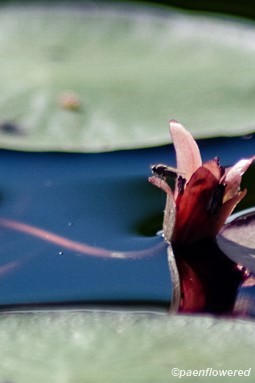
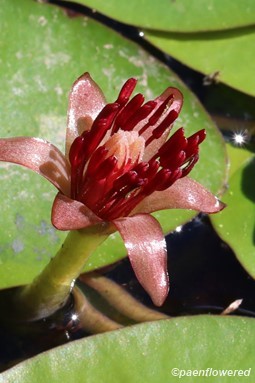
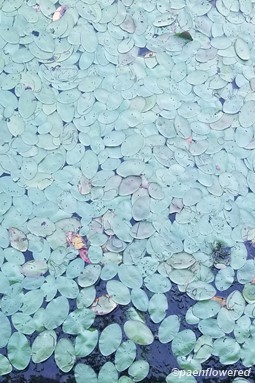
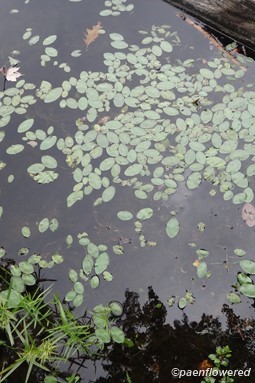

Comments
Have you spotted this plant in your area? We'd love to hear about your experience! Share your comments or questions about the plant below. Comments are moderated before posting.